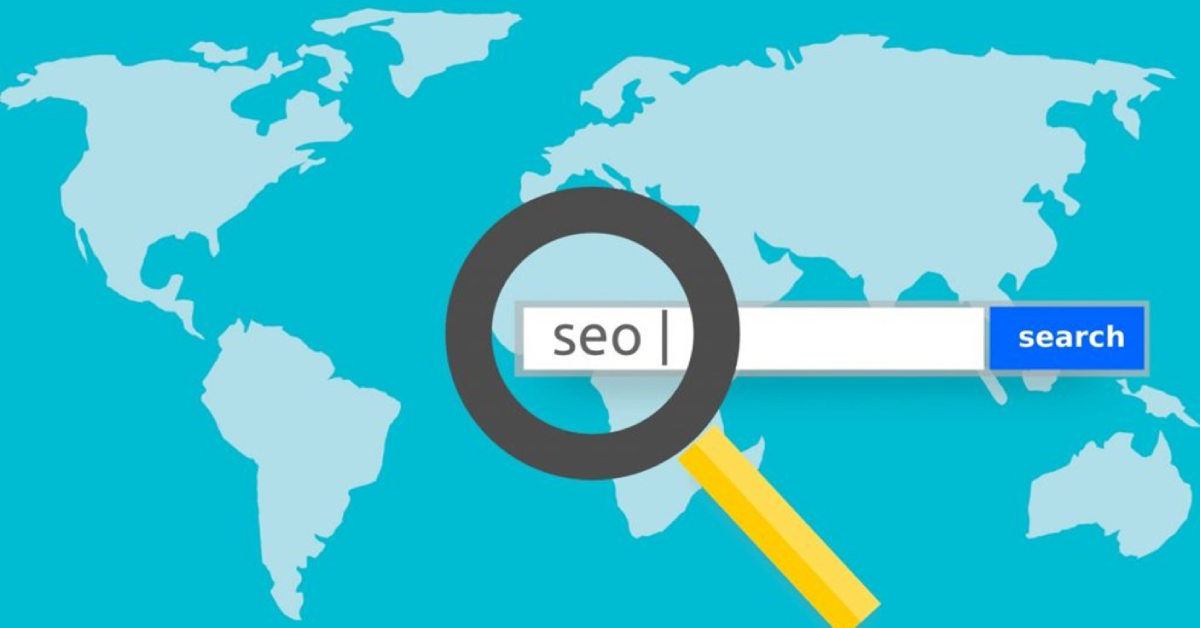January 31, 2024
How to Find the Right Global Searchers through International SEO

International SEO (Search Engine Optimisation) means the practice of optimising a website and its online content to rank well in search engine results for multiple countries or regions, to reach a global or international audience. The main goal of international SEO is to make sure that your website is visible to users in different countries and regions when they search for relevant keywords and phrases.
Finding the right global searchers through international SEO involves a combination of market research, data analysis, and strategic optimisation. Here are steps to help you target the right audience for your international SEO efforts:
Do a market research
a. Identify Target Markets:
This step involves selecting the countries or regions you want to target with your international SEO efforts. You should base your decision on factors like market size, growth potential, and alignment with your business goals. Larger markets offer more potential customers, while high-growth markets can provide expansion opportunities.
b. Understand Local Markets:
To effectively cater to a specific market, you need to research its unique characteristics. This includes culture, language, preferred search engines, and user behaviour. A deep understanding of the local market will help you tailor your SEO strategy accordingly.
c. Competitor Analysis:
By studying your competitors in each target market, you can gain valuable insights into their SEO strategies and audience engagement. Identifying gaps and opportunities allows you to position your website more effectively in the market.
Keyword Research
Keyword research for international SEO involves identifying the keywords and phrases users in each target market are searching for. These should be localised and relevant to the local audience’s language and preferences.
b. Use Tools:
Utilise keyword research tools such as Google Keyword Planner, SEMrush, or Ahrefs to identify relevant terms and assess their search volume and competitiveness. Local keyword research tools can help uncover region-specific keywords.
On-Page SEO
a. Optimise Content:
To effectively target each market, it’s crucial to adapt your website’s content to match the cultural and linguistic preferences of the local audience. This involves using localised keywords and ensuring that the content resonates with the local culture.
b. Hreflang Tags:
Implementing hreflang tags is essential to specify the language and regional targeting of each page. This helps search engines deliver the appropriate content to users based on their location and language.
Technical SEO
a. Geotargeting:
Use geotargeting settings in tools like Google Search Console to specify the countries or regions you are targeting. This helps search engines understand your intended audience.
b. International URL Structure:
Creating a consistent and clear URL structure that includes language or country codes helps search engines and users understand the purpose of each page.
c. Mobile Optimisation:
With the increasing use of mobile devices, ensuring that your website is mobile-friendly is crucial for user experience in international markets.
Backlink Building
a. Local Backlinks:
Acquiring backlinks from local websites within your target markets can enhance your website’s authority and visibility in those regions. These links should be both closely related to your content and of excellent quality.
Local SEO
a. Google My Business:
If your business has physical locations, creating and optimising Google My Business listings for each location is essential. It helps with local search and improves your visibility in local results.
b. Local Citations:
Consistency in business information (Name, Address, Phone) across local directories and websites in each target market is crucial for local SEO.
Monitoring and Analytics
a. Set Up Analytics:
Tools like Google Analytics help you monitor website traffic, user behaviour, and conversion rates for each target market. Analysing these metrics allows you to assess the performance of your international SEO efforts.
b. Track KPIs:
Establish key performance indicators specific to each market, such as organic search traffic, click-through rates, and conversion rates. These metrics help you measure the success of your SEO strategy in different regions.
c. A/B Testing:
Conducting A/B tests for different international SEO strategies allows you to experiment with different approaches and analyse the results to make data-driven improvements.
Content Marketing
a. Local Content:
Continually creating content that addresses the specific needs and interests of your target market is crucial for engagement and relevance.
b. Social Media:
Promoting your content on social media platforms popular in your target regions can help boost visibility and user engagement.
Localisation and Adaptation
a. Constant Learning:
Staying updated on cultural trends, shifts in language, and changes in user behaviour in your target markets is essential. Adapting your SEO strategy accordingly ensures ongoing relevance and effectiveness.
Legal and Regulatory Compliance
Ensure that your website complies with local laws and regulations in each target market, particularly in areas like data privacy, e-commerce regulations, and content restrictions. Ensuring compliance is crucial to preventing legal problems and upholding a positive reputation.
Tools used for International SEO
International SEO relies on various tools to help businesses research, analyse, and optimise their online presence for a global audience. These tools enable you to navigate the complexities of different countries and regions effectively. Google Search Console, for instance, allows for geotargeting settings and performance monitoring across various locations. Keyword research is made easier with Google Keyword Planner, SEMrush, and Ahrefs, offering insights into localised keyword opportunities. Moz Pro, another robust tool, provides a suite of SEO features suitable for multiple languages and regions. Implementing hreflang tags correctly is vital for international SEO, and tools like Aleyda Solis’s hreflang tag generator can simplify this process. For markets like Russia and China, Yandex Metrica and Baidu Webmaster Tools respectively offer invaluable insights. Tools like Screaming Frog and Majestic help identify and resolve technical SEO issues and backlink opportunities globally. WordPress users may find Yoast SEO beneficial for implementing hreflang tags and content optimisation. Additionally, Google Trends and social media analytics tools offer insights into trending topics and engagement patterns in various regions. When adapting website content for different languages and regions, translation and localisation tools like Weglot and WPML prove to be indispensable. International SEO success often depends on using a combination of these tools to gather data, optimise websites, and monitor performance across diverse markets.
Conclusion
In brief, finding the right global searchers through international SEO involves comprehensive market research, keyword localisation, and content optimisation tailored to specific regions. It also requires technical SEO adjustments, backlink building, and local SEO efforts. By understanding the cultural nuances and user behaviours of each target market and continuously monitoring performance, businesses can effectively reach their international audience and achieve global search engine visibility.




